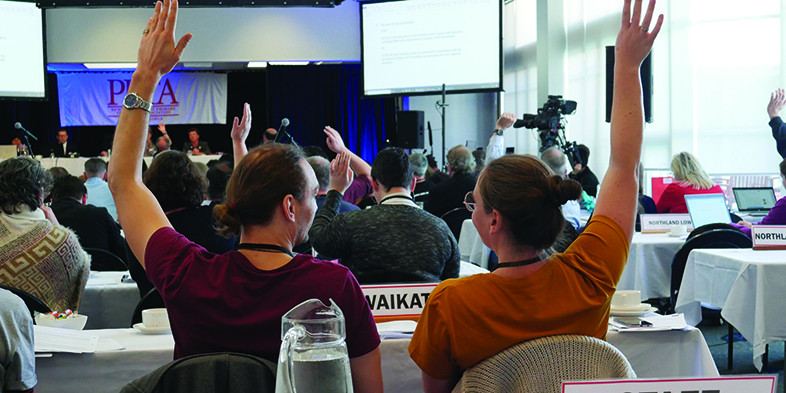COVID-related absences after 15 August 2023 can no longer be claimed as disregarded sick leave because self-isolation is no longer legally required. This applies whether you are sick or if you need to care for a dependent family member who is sick with COVID.
You will claim sick leave or domestic sick leave, as per leave for other illnesses.
If you are on sick leave you should not be working at home.
If you are continuing to work from home you should not be recorded as on leave.
If you took leave before 15 August 2023 because of the legal requirement to self-isolate, you can still claim that period of leave as disregarded sick leave and have your sick leave credited back.
If you don’t have enough sick leave to cover the absence you can ask the employer to provide paid discretionary or paid special leave.
Contact your PPTA Field Officer if you have issues with leave, or payment for leave, related to COVID-19.


